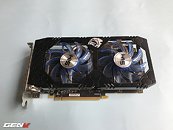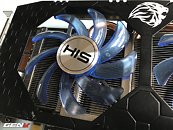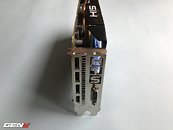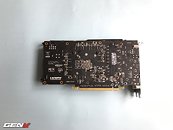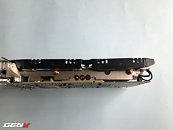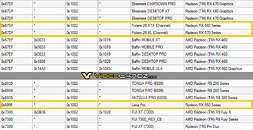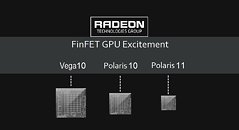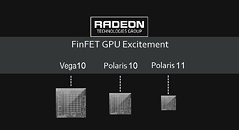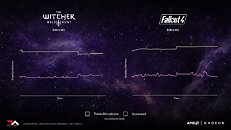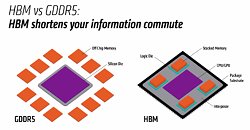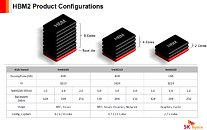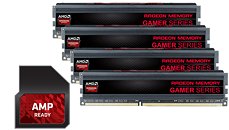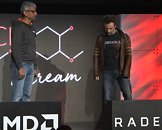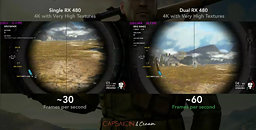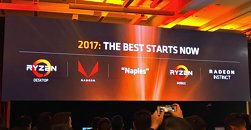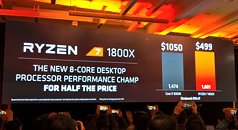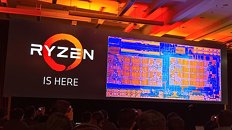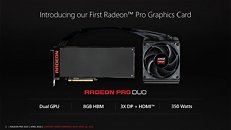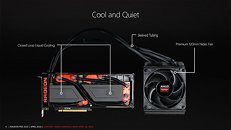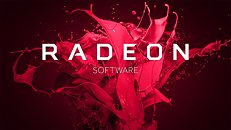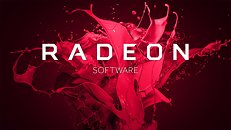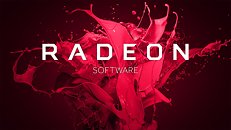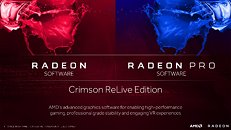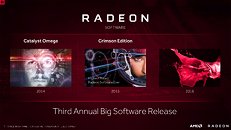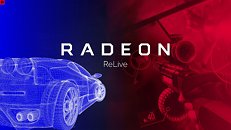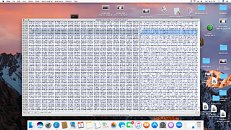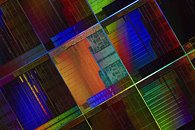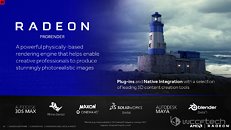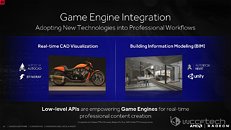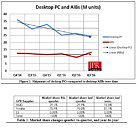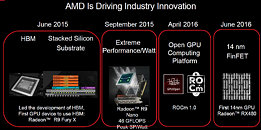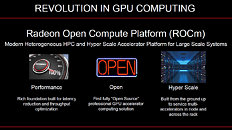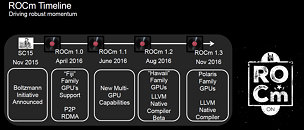
HIS Radeon RX 570 IceQ X2 Pictured, Detailed
More and more AIB cards from AMD's upcoming RX 500 series are letting themselves be seen in the wild as we approach the official release date (April 18th) of the new series. However, as usual, sellers are already stocking up on new cards for sale, and some of them jump the gun on sale of new products.
Such was the case with the HIS Radeon RX 570 IceQ X2 - apparently, a vietnamese retailer is already shipping the cards as we speak. The card is based on the new Polaris 20 XL GPU, packs the same 2048 Stream Processors as the RX 470, and is clocked at 1266 MHz, with 4GB GDDR5 memory @ 7 GHz. Compared with the previous series' RX 470 IceQ X2, which had a GPU clock of 1244 MHz, the clock increase stands at 22 Mhz, which should yield a comparably tiny increase in overall performance.
Such was the case with the HIS Radeon RX 570 IceQ X2 - apparently, a vietnamese retailer is already shipping the cards as we speak. The card is based on the new Polaris 20 XL GPU, packs the same 2048 Stream Processors as the RX 470, and is clocked at 1266 MHz, with 4GB GDDR5 memory @ 7 GHz. Compared with the previous series' RX 470 IceQ X2, which had a GPU clock of 1244 MHz, the clock increase stands at 22 Mhz, which should yield a comparably tiny increase in overall performance.
